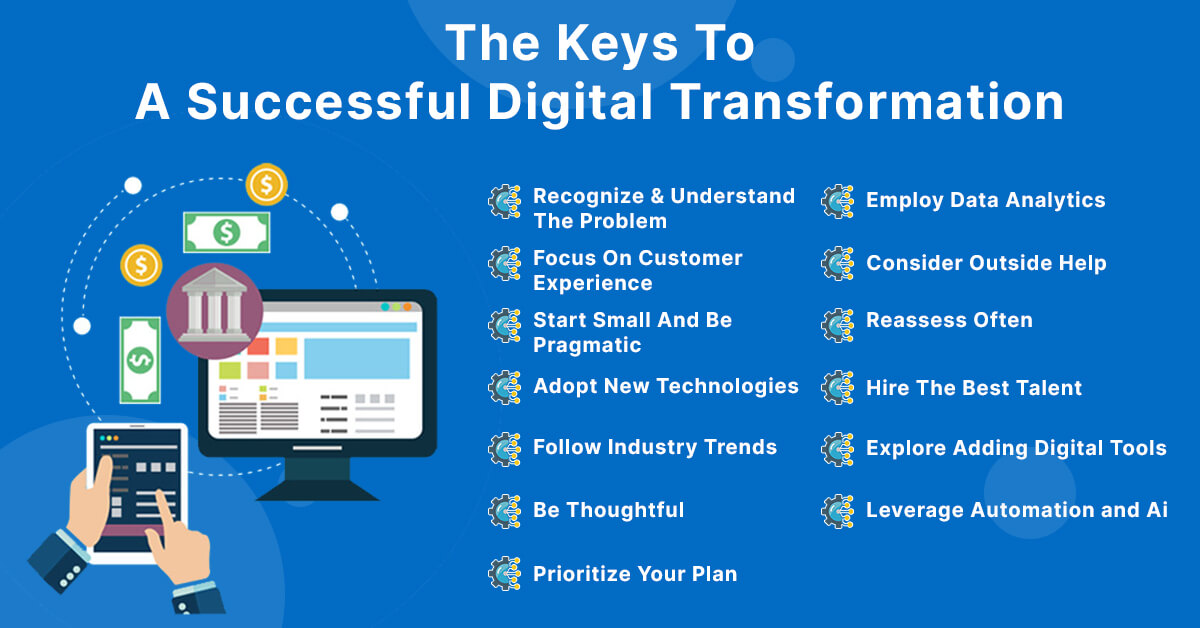Onboarding New Hire: Techniques for a More Easy Transition
Onboarding New Hire: Techniques for a More Easy Transition

Onboarding New Hire: Techniques for a More Easy Transition
Contents
- 1 Table of Contents:
- 2 Key Takeaways:
- 3 Introduction to Employee Onboarding
- 4 The Role of Technology in Modern Onboarding
- 5 Personalizing the Onboarding Experience
- 6 Social Integration: Fostering a Sense of Belonging
- 7 Measuring the Success of Your Onboarding Process
- 8 Addressing Common Challenges in Onboarding
- 9 Insights from Evidence-Based Research on Onboarding
- 10 The Future of Employee Onboarding
- 11 Conclusion for Successful Onboarding
Table of Contents:
- Introduction to Employee Onboarding
- The Role of Technology in Modern Onboarding
- Personalizing the Onboarding Experience
- Social Integration: Fostering a Sense of Belonging
- Measuring the Success of Your Onboarding Process
- Addressing Common Challenges in Onboarding
- Insights from Evidence-Based Research on Onboarding
- The Future of Employee Onboarding
- Conclusion: Key Takeaways for Successful Onboarding
Key Takeaways:
- Understanding the importance of a structured onboarding program in retaining top talent and fostering employee engagement.
- Recognizing technology’s role in creating an efficient and seamless onboarding experience, mainly through onboarding software.
- Implement personalized onboarding plans that cater to each employee’s unique needs and skills, improving integration and performance.
- Bolstering social connections within the workplace to enhance company culture and employee satisfaction.
- Measuring and refining onboarding processes through data-driven insights and employee feedback for continuous improvement.
Introduction to Employee Onboarding
Onboarding is crucial for new employees, determining their initial impression and future engagement. It goes beyond introductions and integrates new hires into the company’s culture and workflows. A strategic approach can boost morale and retention, catalyzing their journey from outsider to productive team member. Sophisticated onboarding software simplifies and enhances the process, ensuring compliance and consistency while giving a personalized experience.
The Role of Technology in Modern Onboarding
Embracing technology in the onboarding process has become an industry standard, dramatically transforming traditional methods into dynamic experiences. Advanced onboarding software offers an array of tools that streamline administrative duties and ensure regulatory compliance while also providing an interactive platform for new hires to learn about their new role and the organization in a more engaging way. Customizing and tracking every aspect of onboarding can lead to more effective outcomes and create a positive impression on new employees. Automating routine procedures and personalizing learning experiences can help companies dedicate more resources to interpersonal development and nurturing company culture, which is essential for long-term retention and employee satisfaction.
Personalizing the Onboarding Experience
The era of one-size-fits-all onboarding is fading as companies increasingly recognize the value of a personalized onboarding experience. Tailoring each new hire’s journey according to their role, learning style, and career objectives expedites their productivity and demonstrates a genuine investment in their professional and personal development. From bespoke training modules to individual goal-setting sessions, personalization in onboarding can be a powerful tool for employee engagement and retention.
Social Integration: Fostering a Sense of Belonging
Social integration is an often-underrated aspect of onboarding. Nurturing professional relationships and fostering a sense of belonging within the company culture can profoundly impact a new employee’s happiness and loyalty. Initiatives such as mentoring programs, team lunches, and inclusion in social groups or committees can cultivate these all-important social ties, making the difference between someone who works at a company and someone who feels a part of it.
Measuring the Success of Your Onboarding Process
An onboarding process must be evaluated and refined continuously to align with organizational goals and employee expectations. Employing key performance indicators, such as time-to-productivity, retention rates, and employee satisfaction scores, can illuminate the strengths and weaknesses of the current process. Additionally, incorporating feedback from new hires can offer actionable insights, ensuring the onboarding experience remains effective and adaptive to emerging trends and needs.
Addressing Common Challenges in Onboarding
No onboarding process is immune to challenges, and common issues such as managing information flow and consistent delivery across different company locations must be addressed. Fostering an approach that prizes flexibility and customization can navigate these obstacles successfully. Ensuring that every new hire, regardless of location or department, receives a unified experience can solidify their impression of the organization as a cohesive and supportive entity.
Insights from Evidence-Based Research on Onboarding
Recent insights from scholarly research on onboarding reveal the tangible benefits of well-designed onboarding strategies. A study showcases the correlation between thorough onboarding programs and notable increases in retention. Using such data, organizations can tailor their processes to meet their workforce’s needs better and sustain a competitive edge in high-stakes talent management.
The Future of Employee Onboarding
Advancements in technology and the expectations of the modern workforce will continue to influence how new employees are onboarded. Recent trends suggest that employees prefer customizable, interactive, and continuous learning opportunities tailored to their needs. Organizations that invest in innovation will be able to create dynamic and supportive work environments, which in turn will attract top talent.
Conclusion for Successful Onboarding
Successful onboarding is a comprehensive, integrative process beyond mere orientation to embed a new hire into the organizational fabric. Organizations can optimize their onboarding programs by using technology, personalizing the experience, fostering social connections, and refining the process with data-driven strategies. Investing in a robust onboarding experience is a commitment to the individuals and the organization’s collective future, fostering a culture of continuous growth and mutual success.



